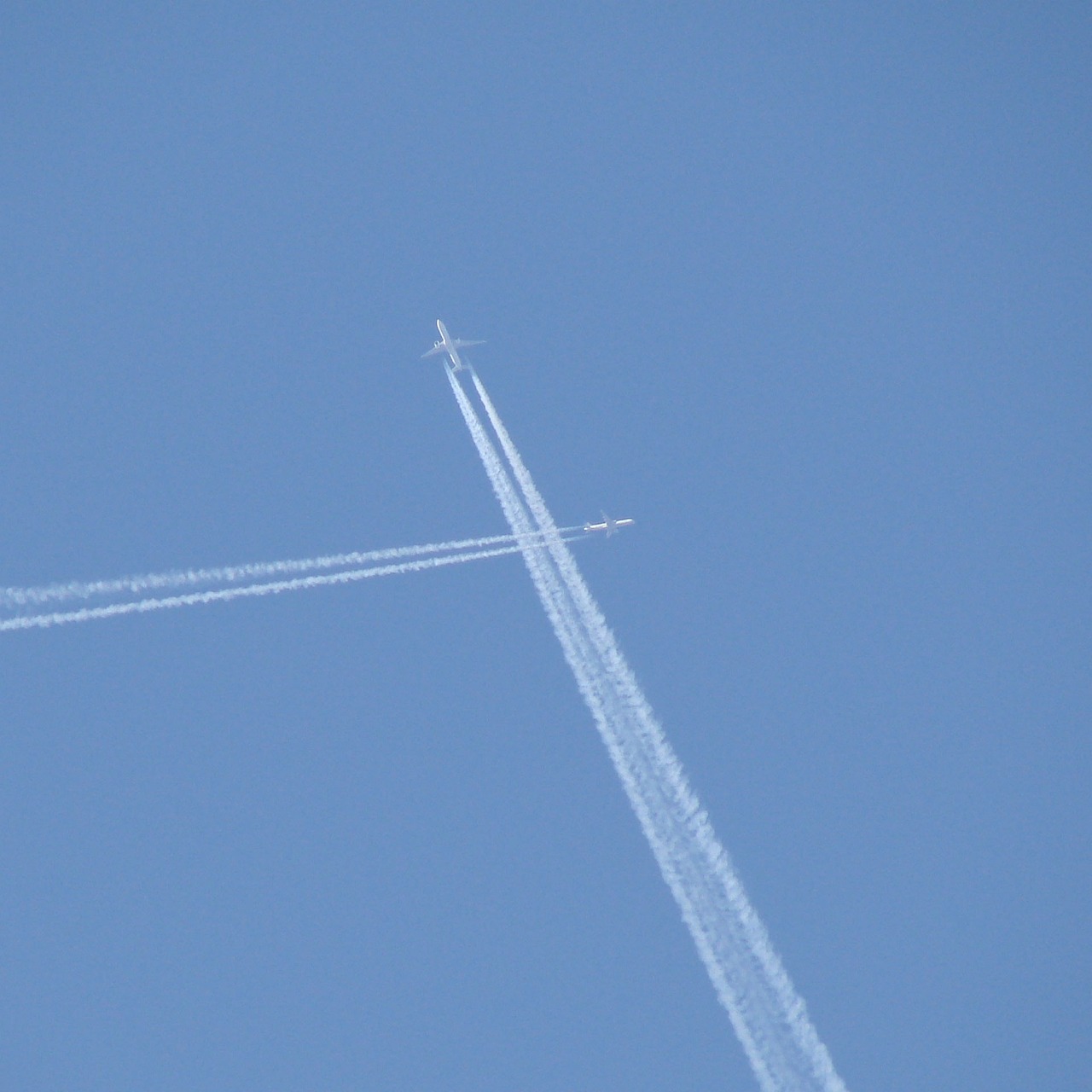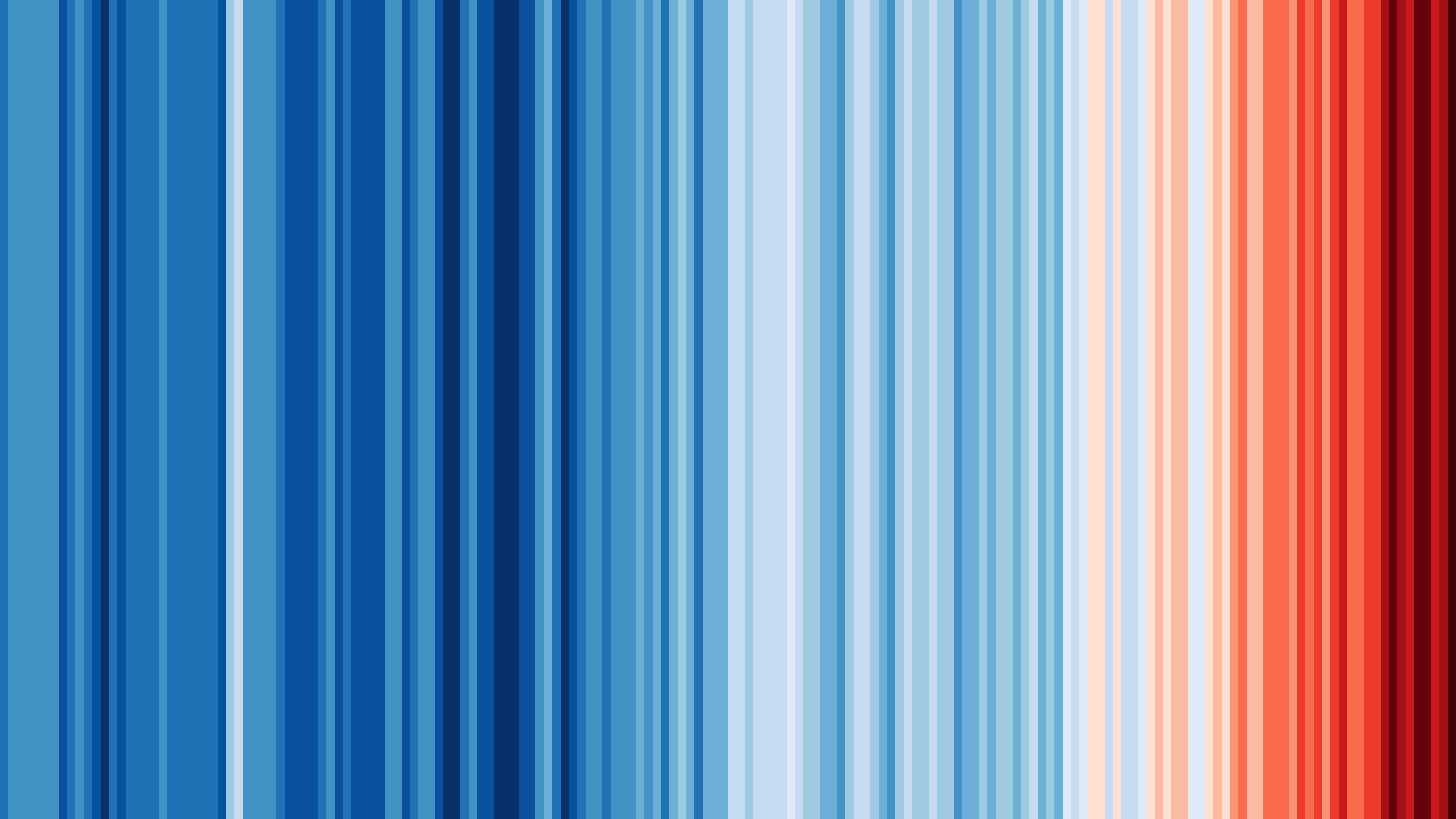

Contrail clouds and climate change
by Kirsty McCabe, FRMetS
Contrails, or condensation trails, are the long, thin, wispy lines of cloud formed when water vapour and fine soot particles from burning jet fuel freeze into ice crystals. They can be anything from hundreds to several thousands of metres long; sometimes contrails will disappear quickly, but they can persist and spread out into contrail cirrus clouds.

How do contrails form?
Three things are needed for contrails to form: water vapour, cool air and tiny particles onto which the water vapour can condense. Jet engines produce water vapour as a by-product of burning fuel, as the hydrogen in the fuel reacts with oxygen in the air. When air temperatures are below -40°C, the water vapour condenses, usually on soot particles also emitted from the engines. This fog of water droplets rapidly freezes to form ice particles, creating a contrail.

However, the more water vapour or humidity there is in the air, the easier it is for a contrail to form.
Less than 1 in 5 planes are thought to form contrails, as the air needs to be both moist and cold enough. They usually only appear above certain altitudes, when the air is cold enough for the water to freeze. If the air is dry, contrails disappear quickly as the ice sublimates back to a gas. But if the air is humid, the ice particles can’t sublimate, and the contrails linger for longer.

Are contrails bad?
White lines criss-crossing a blue sky on a summer’s day may look innocent, but they are having a big impact on the environment. In fact, contrails could be responsible for more warming than the carbon emissions from their fuel. According to a paper published in Atmospheric Environment, the present impact of contrail cirrus is far larger than that from historial emissions of greenhouse gases emitted by aircraft (The contribution of global aviation to anthropogenic climate forcing for 2000 to 2018).
Before we go any further it’s important to stress that we are not talking about ‘chemtrails’ or chemical trails here. There is no credible evidence that shadowy forces are routinely using aircraft to spray the planet with toxic chemicals for nefarious purposes, such as weather modification or mind control. Plus, given the high altitude that contrails form at, it is unlikely that any purported chemicals would even reach ground level.
They may not be chemtrails, but contrails can affect our climate via radiative forcing, disrupting the balance between the sun’s incoming solar radiation and the heat being emitted from the Earth’s surface. In other words, persistent contrail clouds can trap heat in the atmosphere.

So how do we stop contrails forming? The solution could be to alter flight paths by as little as 2000 feet, as well as use aircraft engines with more efficient combustion technology. Better weather forecasts will also help planes avoid flying through very humid air, where persistent contrails can form.




